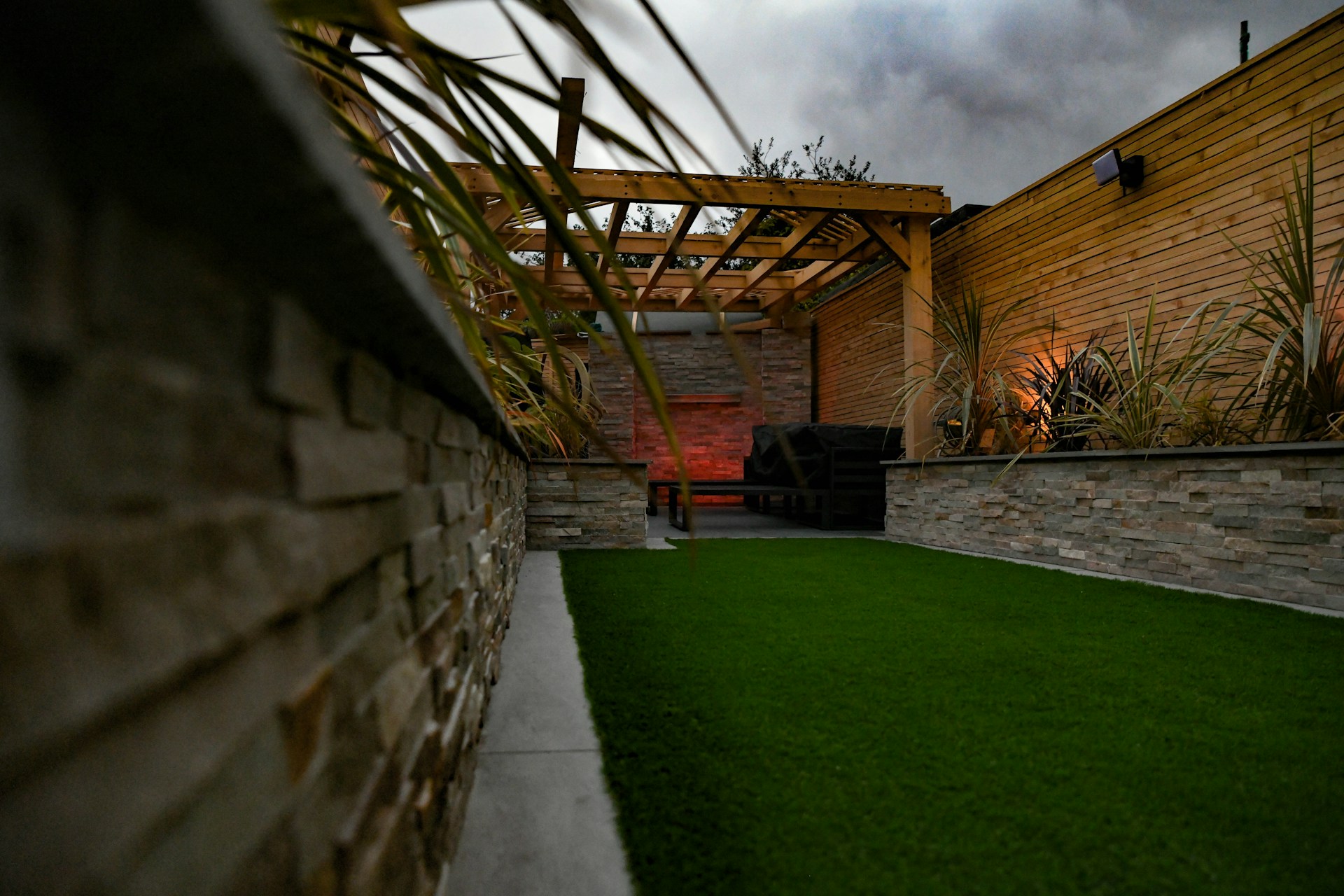Practical hardscaping solutions for sloped gardens
Sloped gardens present both challenges and opportunities for functional, attractive outdoor spaces. Practical hardscaping strategies can stabilize soil, improve drainage, and create usable terraces or patios while supporting plant health and reducing maintenance in varied climates.

Sloped gardens demand careful planning to balance erosion control, accessibility, and aesthetic goals. Thoughtful hardscaping—whether terraces, retaining walls, or stepped patios—can convert steep terrain into layered, safe areas for planting and entertaining. Proper soil management and choice of materials reduce long-term maintenance while integrating landscaping elements such as decking, paths, and outdoor lighting to make the slope both useful and visually cohesive. Early attention to drainage and irrigation prevents costly repairs later, and combining hardscaping with plant selection and mulching helps stabilize slopes naturally.
Patio and resurfacing for slopes
Creating a patio on a slope often begins with grading and resurfacing to establish a level platform. Small retaining walls, gravel-filled bases, or compacted pavers provide stable foundations; permeable pavers or open-joint systems let water infiltrate rather than run off, reducing erosion. When resurfacing an existing flat area that sits on a gradient, ensure subgrade compaction and a slight slope for runoff away from structures. Design considerations should include access paths, transitions to decking or steps, and surface textures that provide slip resistance in wet conditions.
Terracing and hardscaping approaches
Terracing is a common hardscaping solution that turns a continuous slope into a sequence of useable beds and patios. Retaining walls built from stone, concrete blocks, or timber create level planting terraces and can be stepped to blend with the landscape. Consider geogrid reinforcement and proper drainage behind walls to prevent hydrostatic pressure. Where full terraces aren’t practical, installing swales, rock steps, and strategically placed boulders can break up flow paths and provide stability while supporting attractive landscaping that integrates natural materials.
Irrigation and xeriscaping choices
Irrigation planning on slopes must minimize runoff and promote deep infiltration. Drip irrigation, soaker hoses, and micro-spray systems placed on contour lines deliver water where roots can access it and reduce waste. Xeriscaping principles—using drought-tolerant plants, mulching, and efficient irrigation scheduling—are effective on slopes prone to rapid drainage. Group plants by water need and place higher-water species lower on the slope where runoff collects. Combining irrigation with mulch layers and composting improves soil moisture retention and reduces erosion.
Decking, retaining walls, and soil management
Decking can provide level outdoor living space without extensive excavation; cantilevered or multi-level decks adapt well to steep grades. Retaining walls adjacent to decks must be engineered to handle loads and drainage. Soil management is essential: test soil for structure and organic content, add compost to improve cohesion and fertility, and select backfill materials that promote drainage while reducing settling. Regular mulching and targeted composting help maintain soil health and feed plants established on terraces or in containers.
Plant selection, mulching, and pruning
Choose plants with root systems suited to slope stabilization—groundcovers, deep-rooted perennials, and shrubs that tolerate local soil and moisture conditions. Native species often perform reliably and support xeriscaping goals. Mulching reduces surface erosion, conserves moisture, and suppresses weeds; apply an appropriate depth that avoids smothering plant crowns. Pruning prevents top-heavy growth that can destabilize small soil masses, while periodic removal of dead material and composting of green waste keeps beds healthy and reduces pest habitats.
Outdoor lighting, pests, and ventilation considerations
Outdoor lighting improves safety on stepped pathways and near patios or decking; low-voltage or solar fixtures placed to avoid glare enhance usability after dark while highlighting terraces. Hardscaping can change microclimates—retaining walls store heat, covered decks may reduce airflow—so consider ventilation and plant siting accordingly to prevent fungal issues and reduce pest pressures. Good drainage and clean construction details minimize standing water that attracts pests. Use materials and finishes that are resistant to local pest organisms and ventilate enclosed structures under decks to reduce dampness.
Practical hardscaping for sloped gardens combines engineering, horticulture, and design to transform difficult terrain into functional outdoor spaces. Prioritize drainage, soil health, and appropriate materials to create terraces, patios, or decking that integrate with plant selection, irrigation, and outdoor lighting. With careful planning, a sloped site can offer layered interest, improved usability, and manageable maintenance without sacrificing ecological resilience.





